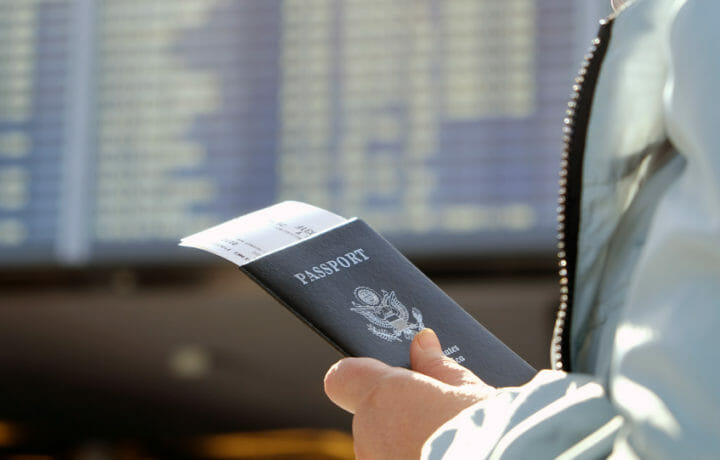In January 2018 the Office of the Director of National Intelligence (ODNI) released Security Executive Directive- (SEAD) 6 – Continuous Evaluation (CE) as a part of overarching security clearance reform. This directive established criteria and standards for the continuous monitoring of those who held security clearances. One piece of the CE effort is monitoring foreign travel. We all know reporting foreign travel is an inherent responsibility for clearance holders, but now there is a formal part to this that may catch those who don’t adhere to reporting responsibilities.
As a part of SEAD- 6 implementation, the Department of Homeland Security (DHS) stood up their Continuous Evaluation (CE) Travel Record Data Service (TRDS) project last August. So how does it work? Basically, the Customs and Border Patrol (CBP) shares all of their travel records with ODNI’s CE program, who in turn match the data up to anyone enrolled in CE and determine if there are flags or concerns that need follow-up. Counterintelligence experts can also submit queries to CBP’s Advance Passenger Information System (APIS) and Border Crossing Information (BCI) to check on cleared personnel of concern who may have planned or already traveled abroad, but have not reported it. Additionally, those with dual citizenship holding a foreign passport should beware of using it to enter or exit the United States, as that will most certainly raise a flag.
Want Your Foreign Travel Record? Submit a Request
According to CBP, there is a way to request a copy of your data recorded in APIS and BCI by simply submitting a FOIA request. You can also request corrections to any incorrect or erroneous data that is included on your report simply by going to the DHS website and submitting an online request on their Traveler Redress Inquiry Program.
The bottom line is: If you are a clearance holder ensure you follow ODNI and your agency reporting procedures for all foreign travel, lest you find yourself the subject of a CE inquiry.




